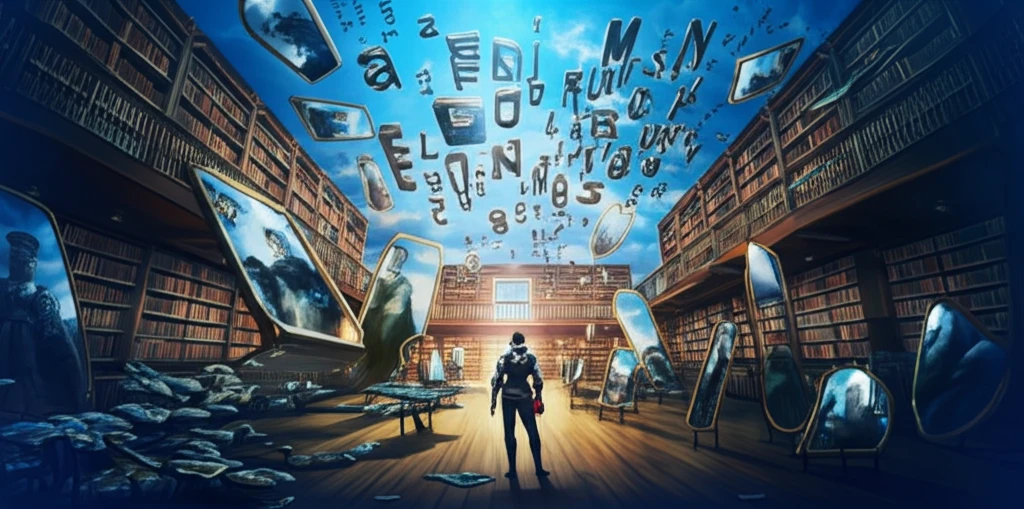
Decoding Discourse: How Michel Foucault's Linguistic Theories Shape Our Understanding of Language and Literature
"Delve into Michel Foucault's revolutionary ideas on language, literature, and modernity, and discover their profound impact on the humanities."
Michel Foucault, a towering figure in 20th-century thought, radically altered our understanding of language, literature, and their relationship to power and knowledge. His work challenges traditional views, urging us to see language not merely as a tool for communication but as a dynamic force that shapes our perceptions and realities.
At the heart of Foucault's linguistic project lies a deep engagement with history. He meticulously traces how concepts of language and literature have transformed over time, particularly marking a shift from the Classical Age to modernity. This transition, as explored in his seminal work 'Les mots et Les Choses' (The Order of Things), reveals a fundamental break in how we perceive the world and our place within it.
This article delves into Foucault's complex theories, focusing on his analysis of language and literature. By unpacking his key concepts and arguments, we can gain fresh insights into the forces that shape our understanding of language, literature, and the broader cultural landscape.
The Mirror and the Image: Representation in the Classical Age

In the opening pages of 'The Order of Things,' Foucault presents a detailed analysis of Diego Velázquez's painting 'Las Meninas.' This iconic artwork becomes a microcosm of the Classical Age's understanding of representation.
- The Observer's Role: Foucault argues that the painting positions the viewer as the ultimate observer, occupying the same vantage point as the mirror. This implies that the viewer becomes the central point of reference, the one who brings order and meaning to the scene.
- Representation as Order: 'Las Meninas' exemplifies the Classical belief that the world can be accurately represented through art and language. The painting meticulously captures the details of the scene, reflecting a desire to create a complete and faithful depiction of reality.
- The Power of the Gaze: The painting underscores the power dynamics inherent in representation. The King and Queen, though reflected in the mirror, hold a position of authority, their gaze encompassing the entire scene.
Don Quixote: The Dawn of Modern Literature
In his book 'The Order of Things,' Foucault credits Miguel de Cervantes, author of 'Don Quixote,' with initiating a turning point. In his book he writes about the character of 'Don Quixote', whose story revolves around the process of the main character becoming a noble through reading. The text argues that the world needs to be read and deciphered to give meaning.
